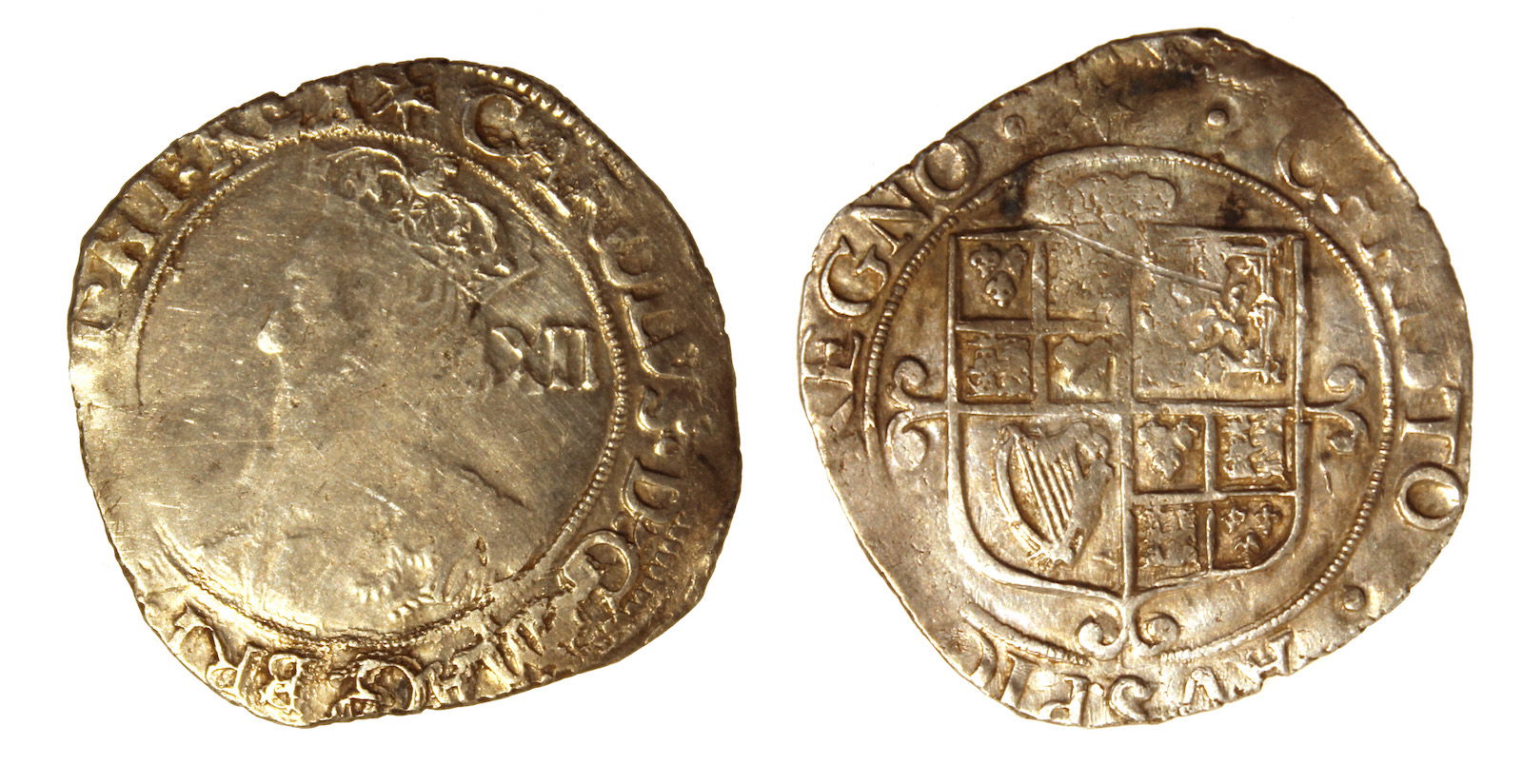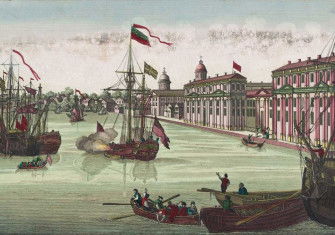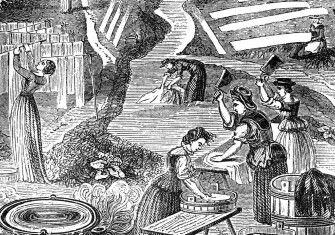The Yellow Trade in Counterfeit Coins
How Yorkshire’s Yellow Trade of coin clippers and counterfeiters changed Britain’s economy in the 18th century.

British overseas trade boomed during the 18th century. ‘There was never from the earliest ages a time in which trade so much engaged the attention of mankind’, declared Samuel Johnson in 1756. This was especially true of trade with Britain’s rapidly expanding colonial possessions in the Americas and Asia. Surging intercontinental commerce offered a host of opportunities, not all of them legal. Smugglers took advantage of the British government’s imposition of heavy taxes on imports of exotic groceries, in particular tea, grown in China and imported by Europe’s East India trading companies. So onerous were the customs duties and so successful the smugglers that there were periods during the 18th century when more tea was smuggled than was imported legally.







